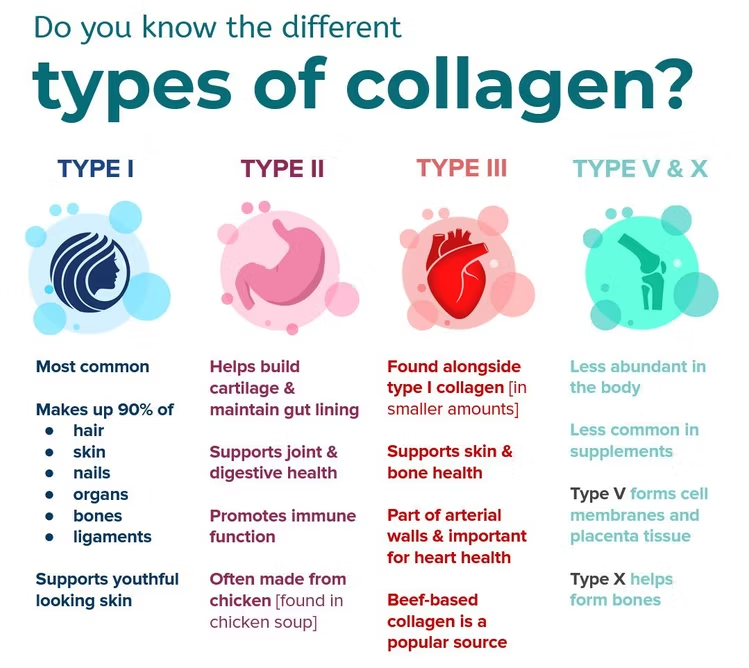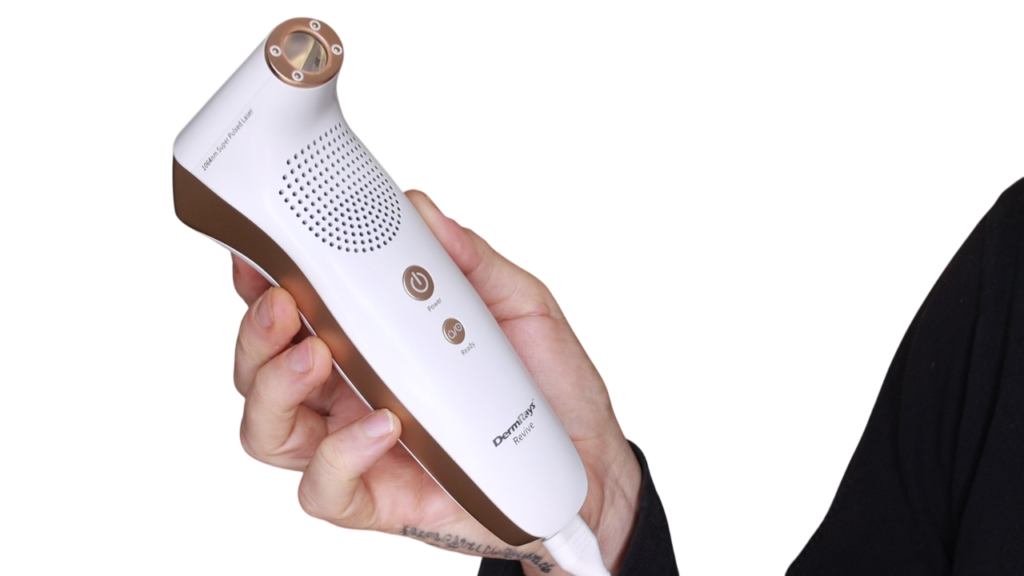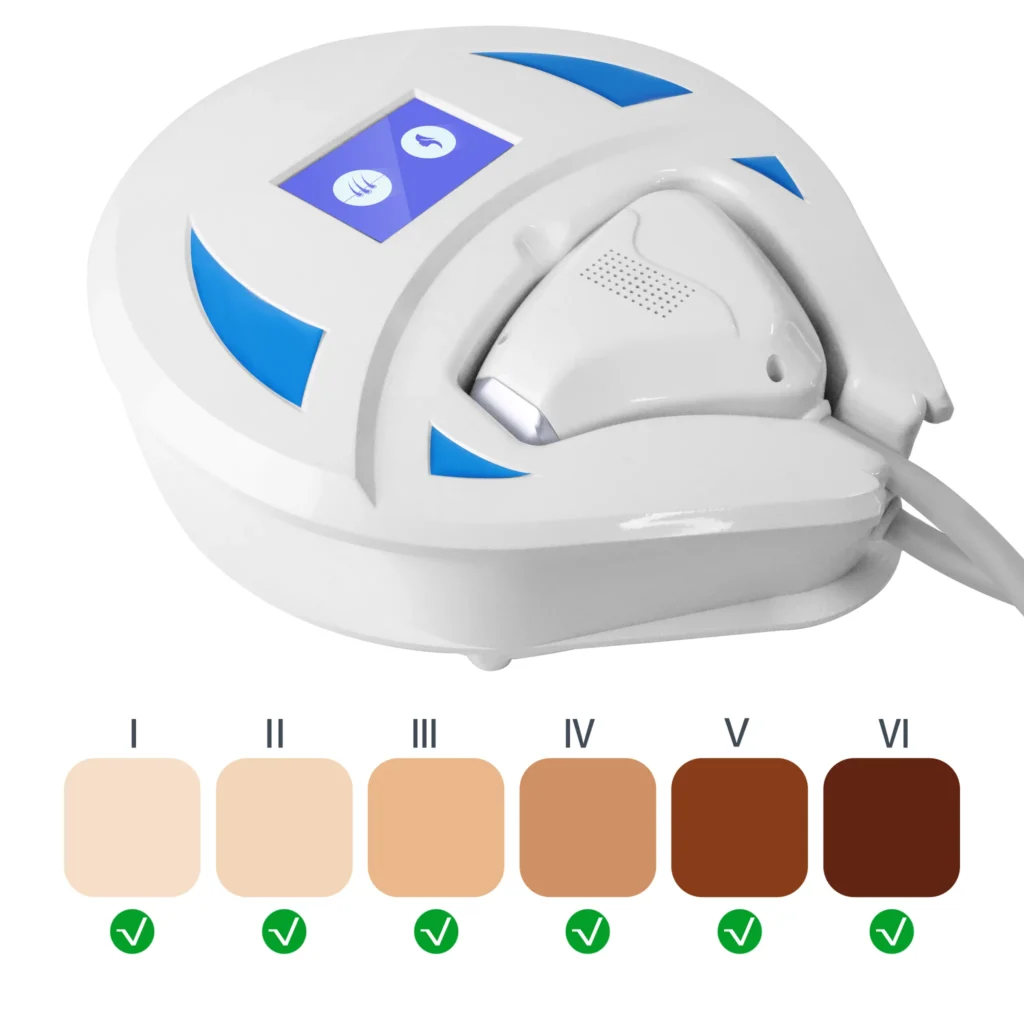Buy your DermRays Revive Here and use code: $140 off discount code: TJ140 or $300 off any two items: TJ300 | Want Next Day Delivery in the UK? Get it on Amazon Here.
Heads up! As an Awin & Amazon Partner, this post contains affiliate links. If you click and shop, I may earn a tiny commission—think of it as fuelling my skincare obsession (and more reviews for you). Thanks for your support!
When it comes to anti-aging skincare, most people think serums, creams, and maybe the occasional facial. But if you’re serious about skin tightening, wrinkle reduction, and collagen stimulation, the real breakthroughs aren’t in jars—they’re in light-based technology.
Professional dermatology clinics have been using lasers for decades to resurface skin, reduce redness, and rebuild collagen. Now, thanks to smart engineering, some of that technology has been scaled down into safe at-home devices. I’ve tested many of them, and while not all deliver equal results, a few genuinely offer clinic-level benefits without the clinic-level price tag.
So let’s unpack the science of at-home lasers, the collagen story, and why—after years of experimenting—the DermRays Revive remains the cornerstone of my skincare routine.
How Lasers Work for Skin Tightening
The magic of lasers lies in their wavelengths, measured in nanometers (nm). Each wavelength penetrates the skin at different depths and interacts with different targets: water, pigment, or blood vessels. That’s why a 1064nm laser behaves differently than a 1450nm one.
The goal for anti-aging is to heat the dermis just enough to create what’s called controlled thermal injury. It sounds scary, but this is what wakes up your fibroblasts—the cells responsible for collagen and elastin production. When triggered, fibroblasts start producing fresh Type I and Type III collagen, which thickens the skin, improves elasticity, and softens wrinkles.
Unlike ablative clinical lasers (think CO₂ resurfacing), most at-home lasers are non-ablative. That means no peeling, no raw downtime, and no hiding indoors for weeks. Instead, they work gradually, encouraging cumulative improvement in texture and firmness.
A Quick Collagen Refresher

Not all collagen is created equal.
Type I Collagen: Makes up the majority of your skin. Provides structure and strength, like scaffolding for your face.
Type III Collagen: More flexible and elastic, supporting youthful bounce and resilience.
As we age, Type III declines dramatically, leaving behind stiff Type I fibers. This imbalance contributes to sagging, fine lines, and loss of that supple texture we associate with youth.
Laser stimulation encourages a healthier balance of both collagen types—essentially “retraining” your skin to act younger than it is.
The Devices: Breaking Down the Best (and Worst)
DermRays Revive (1064nm)
If I had to pick just one at-home laser, it would be this. The DermRays Revive uses a 1064nm wavelength—the same one found in professional-grade systems. It penetrates deeper into the dermis (about 3–4mm), targeting collagen at its foundation while also improving redness and visible blood vessels.
What makes it especially effective:
High energy density (10 J/cm²) – far more powerful than LED masks or light pens.
Safe for all skin tones – 1064nm has minimal melanin absorption, so it’s suitable across the Fitzpatrick scale.
Integrated cooling tip – keeps the epidermis comfortable while the dermis heats, so treatments aren’t painful.
In my experience, this device produces the most noticeable lift and firmness. It also helped reduce my rosacea flare-ups—something I didn’t expect but now love.

Nira Pro (1450nm)
The Nira Pro takes a more precise approach. Its 1450nm wavelength is highly absorbed by water in the skin, creating very controlled heat about 0.5mm deep—perfect for superficial collagen stimulation.
Where it shines:
Targeting fine lines around the eyes (crow’s feet, under-eye creases)
Treating delicate areas like lips and neck where deeper lasers may be too aggressive
Precision work rather than overall skin tightening
The energy is lower than DermRays, but the precision makes it a great companion device. Think of it as a scalpel to DermRays’ hammer—both valuable, just in different ways.
Lorem ipsum dolor sit amet, consectetur adipiscing elit. Ut elit tellus, luctus nec ulla
Viqure EpiPro (808nm)
This device is marketed primarily for laser hair removal, but its 808nm wavelength also has rejuvenation benefits. Used at lower settings, it can stimulate collagen production while also reducing redness.
I wouldn’t buy it just for skin tightening, but if you want both hair removal and skin improvement, it’s a smart multifunction tool.
Neatcell Picosecond Devices
And here’s where I throw up a red flag. Many cheap “picosecond lasers” sold online claim to remove pigmentation, but they often lack proper safety controls. Genuine picosecond lasers are clinic-only for a reason—they require precise calibration.
At-home versions can cause burns, hyperpigmentation, and scarring. Having tried one in the past, I don’t recommend them. There are far safer, more effective ways to handle pigmentation at home.
mcorper mattis, pulvinar dapibus leo.

How to Schedule At-Home Laser Treatments
The biggest mistake I see people make with at-home lasers is overuse. Your skin needs downtime to rebuild after thermal stimulation.
Here’s what works for me:
DermRays Revive: Once every 2 weeks (after the first month of building tolerance)
Nira Pro: 2–3 times a week for targeted fine lines
808nm rejuvenation: Once a month
Never stack heat-based treatments (like lasers, radiofrequency, or peels) back-to-back. Always give your skin 24–48 hours to recover.
Signs of overuse include lingering redness, increased sensitivity, or a compromised skin barrier. The goal is cumulative results over months, not a miracle in a weekend.
Why DermRays Revive Is My Top Choice
After years of experimenting, I keep coming back to the DermRays Revive for one simple reason: it delivers the most structural improvements to my skin.
My jawline looks tighter.
My pores look smaller.
My rosacea flare-ups are less noticeable.
My skin feels thicker and more resilient.
The results aren’t just surface plumping. They’re deep, long-term improvements that build with consistent use. While the upfront investment is higher than many gadgets, the cost per treatment compared to professional laser sessions makes it incredibly worthwhile.
Final Thoughts
At-home lasers aren’t gimmicks—they’re one of the most effective ways to support long-term skin tightening, wrinkle reduction, and collagen remodeling without stepping foot in a clinic.
If you want precision wrinkle targeting, the Nira Pro is excellent. If you like the idea of combining hair removal and rejuvenation, the 808nm Viqure is handy. But if your priority is firmness, resilience, and all-around anti-aging power, the DermRays Revive is hands down the best investment.
The future of skincare is moving from the dermatologist’s chair into your bathroom mirror. The more you understand the science behind these wavelengths, the easier it is to choose the right device—and the faster you’ll see results you actually believe in.
💡 Have you tried any at-home lasers? Are you more interested in wrinkle reduction, rosacea control, or overall skin tightening? Share your experience—I’d love to hear which wavelengths have worked for you.
